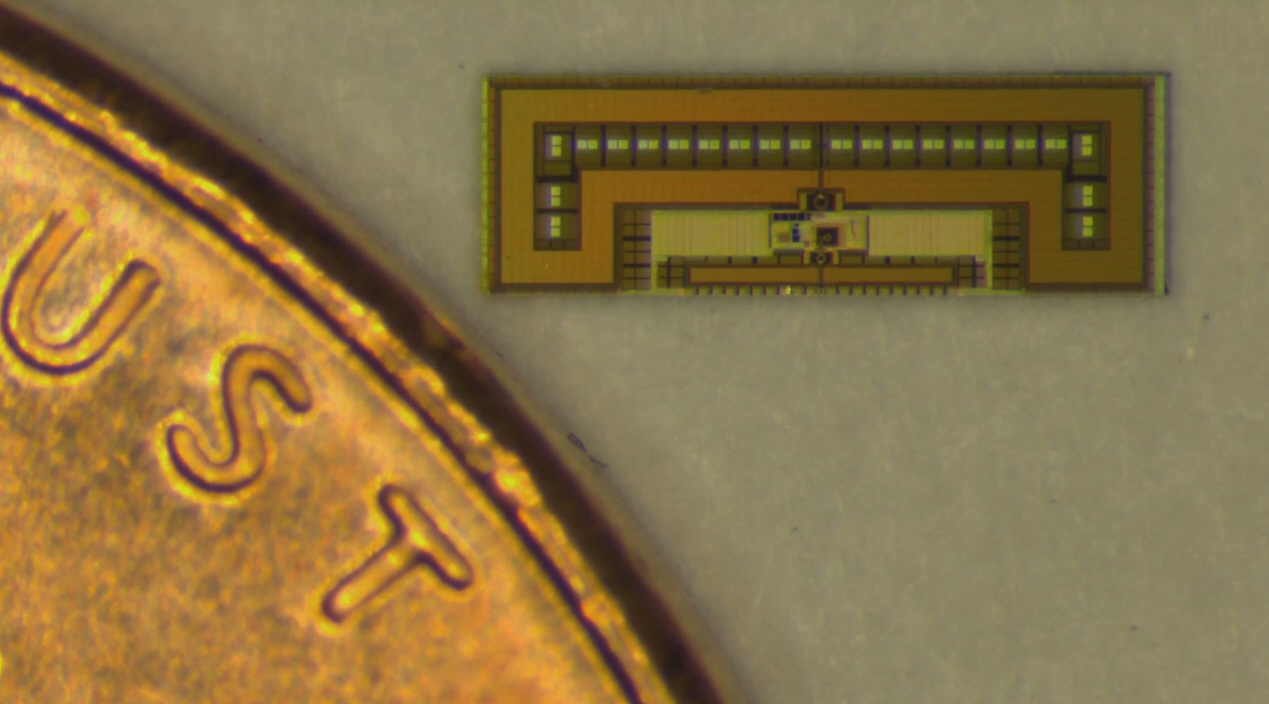
Engineers at Stanford University have developed a radio the size of ant that they claim could make a big impact on the fledgling Internet of Things (IoT) market.
The computer chip, which is just a few millimeters across, is powered by harvesting radio signals and so requires no external power.
Small enough to fit onto appliances ranging from a light bulb to a refrigerator, the radio can send and receive transmissions that will allow separate devices to communicate with each other wirelessly. The developers hope that the chip will find a variety of uses as manufacturers begin to embrace the Internet of Things, in which everyday objects are given network connectivity.
Amin Arbabian, assistant professor of electrical engineering at Stanford believes that the radio could pave the way for the "next wave of wireless devices".
While there are products already in development that also offer a similar level of connectivity, such as Apple's HomeKit and Google's Nest thermostat, the Stanford radio does have some advantages over its better-known competitors.
At just a few millimeters in size, the production cost for each chip is minimal, reaching no more than few cents. As a result, it is very easy to scale the product, incorporating thousands of radios in a very dense infrastructure.
The device, which was co-developed by the University of California, also does not require a battery, which means that, essentially, the radio does not have a life-span. As long as transmissions are coming in, the chip will continue to function.
The Internet of Things sector is predicted to experience massive growth in the next few years, but is still relatively unknown. If Stanford's low-cost, battery-free radio can get a head-start on its rivals, it could be a major player in the development of the industry.
Published under license from ITProPortal.com, a Net Communities Ltd Publication. All rights reserved.
Aucun commentaire:
Enregistrer un commentaire